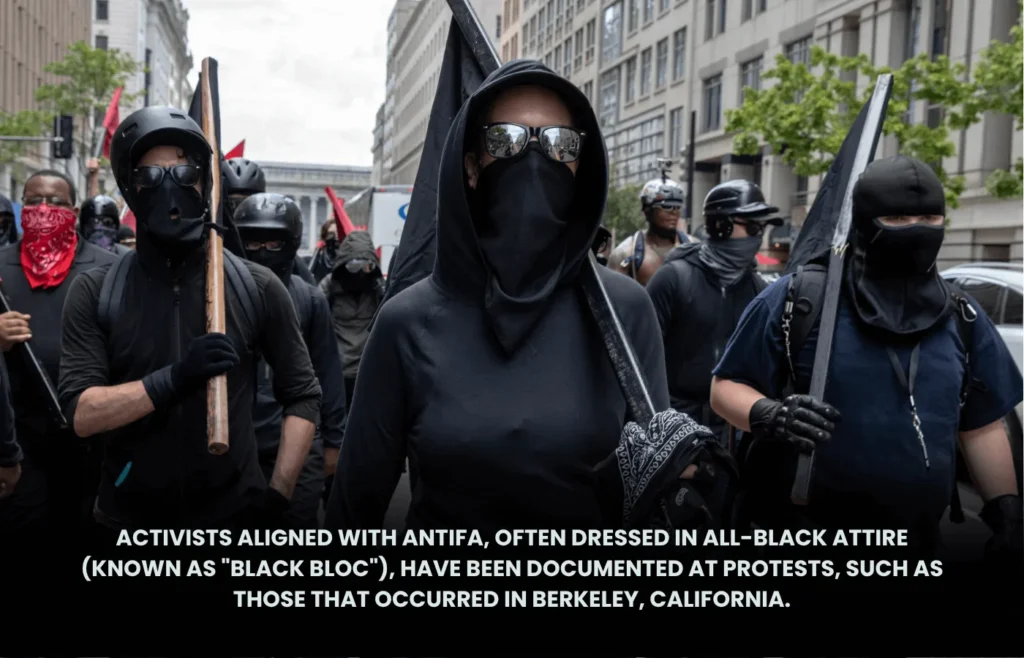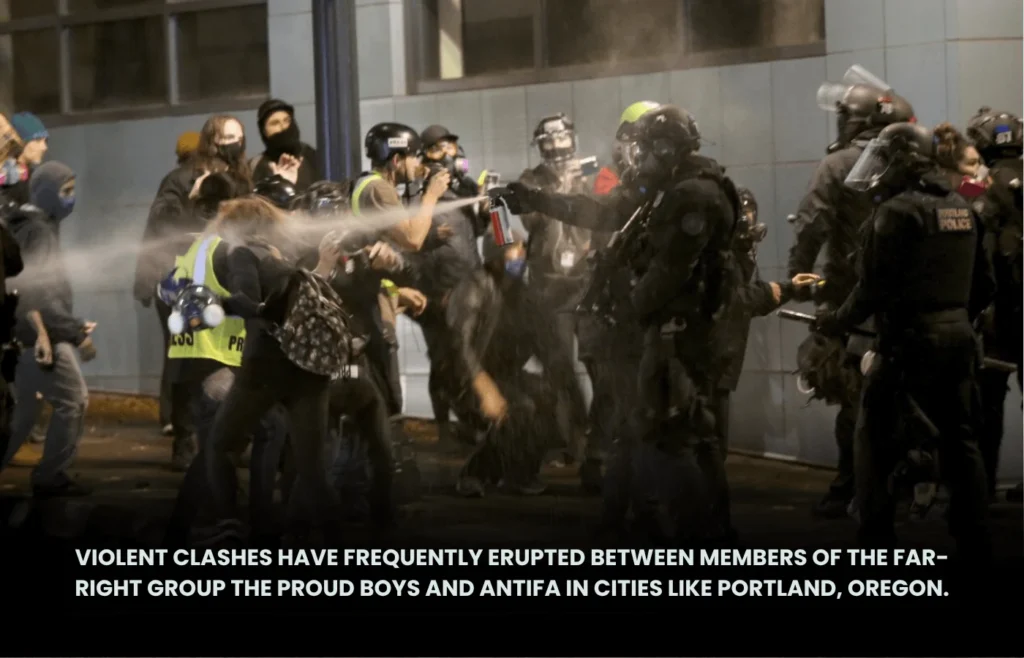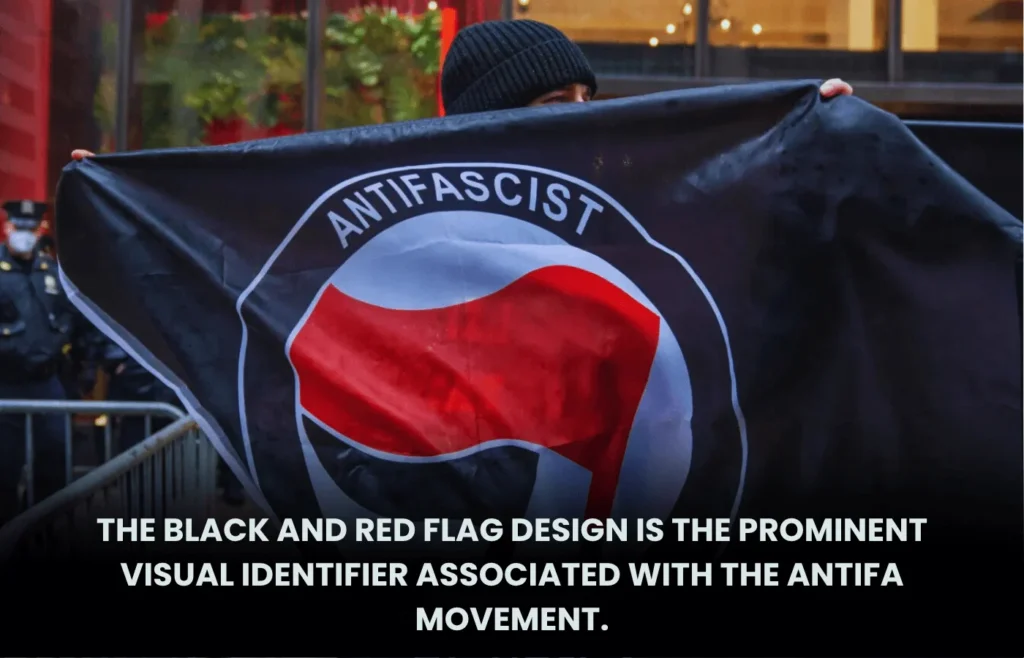U.S. President Donald Trump has signed an executive order designating Antifa as a “domestic terrorist organization.” The president accused the movement of recruiting and radicalizing young Americans, promoting political violence, and warned that federal law enforcement would pursue the group aggressively, describing their efforts as “very threatening.”
Understanding Antifa: Movement, Ideology, or Organization?

Antifa—short for anti-fascist—is a decentralized, loosely connected network of far-left activists opposing fascism, white supremacy, and far-right ideologies. Unlike traditional organizations, it lacks a central command, membership lists, or formal hierarchy.
The term Antifa traces back to the German word antifaschistisch, used by anti-Nazi groups in the 1930s. In the United States, Antifa gained visibility following the 2017 Charlottesville riots, when multiple counterprotest groups united under anti-fascist banners.
Because it lacks centralization, Antifa activism arises organically through local networks, protests, and online communities. Its adherents include anarchists, socialists, and communists, united by opposition to authoritarianism, racism, and far-right extremism.
Violence and Antifa
Critics argue that what sets Antifa apart from mainstream left-wing groups is the willingness of some members to engage in confrontational or violent actions. Activists have been seen at protests wearing dark clothing, masks, and carrying shields, clubs, or pepper spray.
High-profile incidents include clashes between Antifa-aligned protesters and right-wing groups, resulting in arrests and injuries. During periods of civil unrest, some self-identified Antifa members have engaged in shootings and other violent acts.

Activists also sometimes engage in doxxing—publicly releasing personal details of those they deem far-right, aiming to socially or professionally ostracize them. While controversial, proponents say these tactics are forms of self-defense or accountability.
Trump’s Executive Order: Scope and Intent
The executive order declares Antifa a domestic terrorist organization, directing all executive agencies to investigate, disrupt, and dismantle any illegal operations linked to the movement. It also targets supporters and financial backers.
The order instructs agencies to act within the limits of existing law and does not create new criminal offenses. Its implementation is left to federal agencies and law enforcement.
Legal and Constitutional Challenges
One key challenge is that U.S. law does not currently allow the government to designate domestic groups as terrorist organizations—only foreign entities may receive that label.
Constitutional protections, particularly the First Amendment, safeguard freedom of speech and association. Legal experts note that merely labeling a group as a terrorist organization does not override these rights unless criminal activity can be proven.
Antifa’s lack of central organization or membership lists creates further complications. Enforcement might rely on broad suspicion, potentially affecting individuals who may only loosely align with its ideology. Critics warn this could result in overreach and the targeting of lawful political activity.
Political Context
The designation comes amid heightened tensions following high-profile violent incidents involving left-wing activists. The Trump administration frames the executive order as part of a wider campaign against “radical left” threats to national stability and public safety.
The order is also part of a broader push to expand government scrutiny of groups advocating anti-authoritarian or anti-capitalist ideologies. While federal agencies are mobilized to enforce the directive, the actual legal power of the order remains limited.

Expert Concerns
Legal and civil liberties experts warn that the order blurs the line between ideology and criminal conduct, creating the potential for suppression of lawful dissent. Many see the executive order as largely symbolic, intended to shift law enforcement priorities rather than creating new legal penalties.
Independent studies of political violence in the U.S. suggest far-right extremism has historically been responsible for a higher number of violent incidents than left-wing movements. This raises questions about prioritizing enforcement against Antifa.
Experts also caution that once a precedent is set for labeling loosely defined domestic groups as terrorist organizations, future administrations could potentially apply similar measures to other political movements.
Conclusion
President Trump’s executive order represents the most ambitious attempt yet to label a domestic political movement as a national security threat. While framed as a law enforcement tool against violence, the order is fraught with constitutional, legal, and practical challenges. Without additional legislation or court rulings, many view it as primarily symbolic—a statement of intent rather than a mechanism to impose widespread criminal liability.


